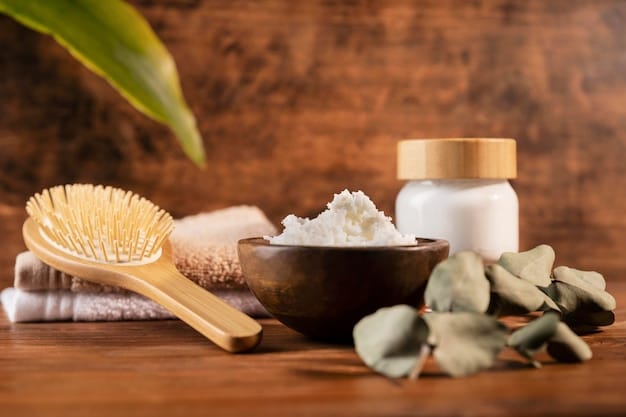
Shea butter is a natural fat derived from the nuts of the karite tree and is widely used in African skincare products like soaps and lotions. Although shea butter has a long shelf life, you might wonder if it can mold. Yes, shea butter can indeed develop mold. Mold is a type of fungus that grows on organic matter and needs moisture to survive. If your shea butter shows black spots or a layer of mold, it’s best to discard it immediately because mold spores can cause allergic reactions or respiratory issues.
To prevent mold in shea butter, proper storage is crucial. Keep your shea butter in a sealed container, away from direct sunlight, heat, and moisture. Ensure old jars are thoroughly cleaned before reuse. Store your shea butter in a cool, dry place. Adding some essential oils to the shea butter can also help prevent mold growth.
To properly store shea butter, use an airtight container with a lid. This keeps moisture out and prevents bacterial growth. If you don’t have an airtight container, you can use plastic wrap around the jar opening. Keep shea butter away from heat sources like radiators to prevent it from melting and spoiling.
Shea butter goes rancid when it develops a bad smell, similar to rotten onions or garlic. This odor will often seep through the container, indicating it’s time to throw it out. Several factors can lead to rancidity:
1. Heat: Accelerates chemical reactions, causing the shea butter to spoil.
2. Light Exposure: UV light makes shea butter go rancid faster.
3. Oxygen Exposure: Leads to oxidation and rancid odors.
4. Poor Storage: Inadequate storage conditions can compromise the quality.
Using bad shea butter can have several negative effects, including skin irritation, infections, hair problems, rashes, and itching. Contaminated shea butter contains bacteria that can exacerbate these issues.
Shea butter can go bad if not stored properly. When kept in a cool, dry place, it can last up to two years. However, body butter can mold if exposed to moisture. Any changes in color or texture mean it’s best to discard the product to avoid potential health risks.
In conclusion, mold can ruin shea butter’s quality, so it’s essential to store it correctly and discard any that has molded. For more detailed information on mold prevention and storage tips, review this guide thoroughly.